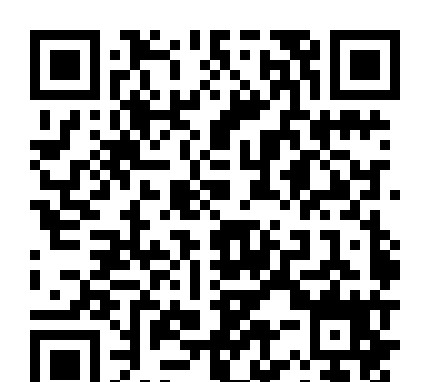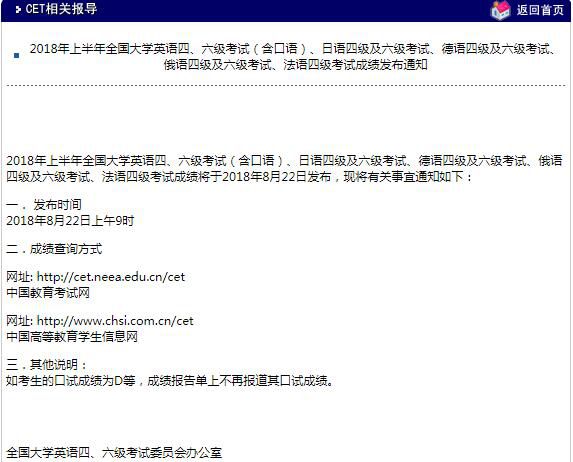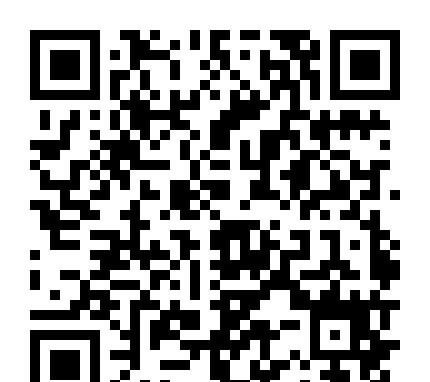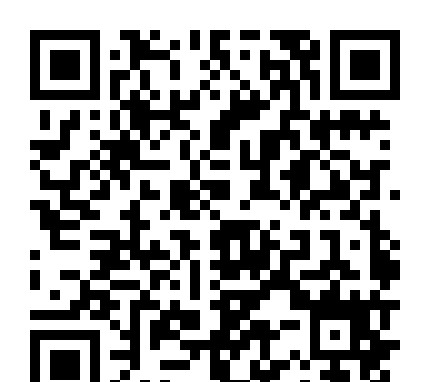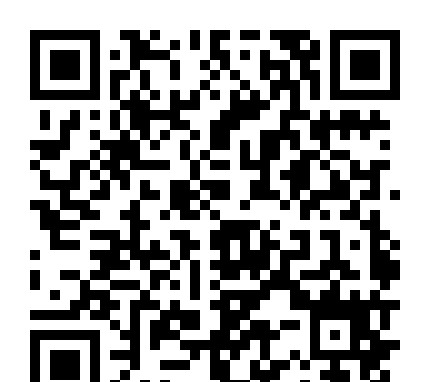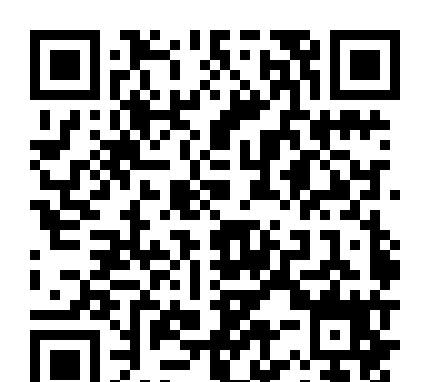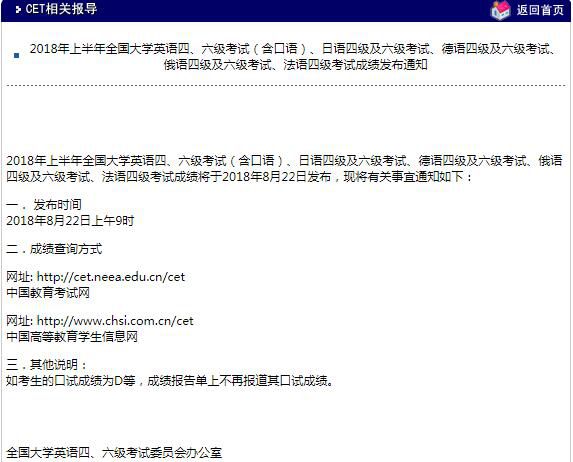|
51.
The author of an article about lifestyle trends concludes that, in general, people are not as concerned as they were a decade ago with regulating their intake of red meat and fatty cheeses. As evidence, the author cites the fact that a wide selection of high-fat cheeses is now available at a long-established grocery store, Heart's Delight, which specializes in organic fruits and vegetables and whole grains. The author further points out that the owners of the vegetarian restaurant next door, Good Earth Cafe, now make only a modest living while the owners of the new House of Beef across the street are millionaires. This argument is unconvincing.
To begin with, the argument relies on the assumption that the dietary habits and attitudes of customers at these three businesses will reflect those of people generally. But the three businesses, all located in the same area of a single community, just might serve a clientele whose diets differ greatly from the diets of people in other areas of the community, or in other communities. The generalization that the author draws from this biased sample cannot be considered reliable.
In addition, trends at these three businesses do not necessarily reflect the dietary habits and attitudes of their customers in the way the author claims. For example, we are not informed about how well the high-fat cheeses at Heart's Delight are selling relative to low-fat and nonfat alternatives. Similarly, it is possible that at House of Beef menu items other than red meat—such as chicken, fish, or salad bar—are just as popular as red meat among the restaurant's patrons.
Finally, the author assumes that the financial conditions of the owners of the two restaurants were caused by a general lack of concern with regulating red meat and fatty-cheese intake. However, it is equally possible that the lackluster financial success of Good Earth was caused by mismanagement or increasing overhead costs. Furthermore, it is possible that House of Beef is generating little business, but its owners were already millionaires before they opened this restaurant or are making their money in other concurrent business endeavors.
In conclusion, the author's evidence is too weak to support any conclusion about general dietary trends. Before we can accept the conclusion, the author must provide evidence from a representative sample of food-service businesses, and must clearly show that sates of red meat and fatty cheeses are increasing relative to sales of low-fat alternatives. The author must also provide evidence that the financial conditions of the owners of the two restaurants were actually caused by a general waning concern with regulating fat intake. 52.
In this editorial the author rebukes Oak City for allowing the construction of a new downtown shopping mall. Citing a number of problems that have occurred since the building of the mail, the author concludes that the residents of Oak City have not benefited from the mail and that Oak City exercised poor judgment in allowing the mail to be built. Among the problems cited by the author are the closure of local businesses, lack of parking in the downtown area, and increased trash and litter in a city park near the mall. Moreover, the author argues that profits derived from sales are not benefiting Oak City because the owner of the mall lives in another city. The author's argument is problematic in several respects. In the first place, the author assumes that addition of the new mall is the cause of the various problems cited. The only evidence offered to support this claim is that the construction of the mall occurred before these problems manifested themselves. However, this evidence is insufficient to establish the claim in question. A chronological relationship is only one of the indicators of a causal relationship between two events. In the second place, the author has focused only on negative effects the malt has had on the city. A more detailed analysis of the situation might reveal that the positive benefits for the city far outweigh the problems on which the author focuses. For example, new jobs might have been created for the residents of Oak City, and tax revenues might have been increased for the city. Lacking a more comprehensive analysis of the impact of the mail on Oak City, it is presumptuous on the part of the author to conclude that Oak City's decision to allow the mall to be built was incorrect. In conclusion, the author's argument is unconvincing. To strengthen the argument the author would have to demonstrate that the construction of the mall caused the various problems mentioned. The author would also have to show that the negative effects of the project outweighed the positive effects.
| 
